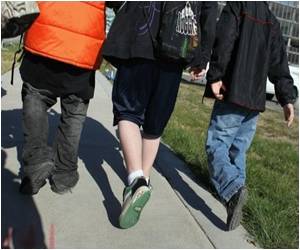A study says, the unexpected lures adolescents to greater risks than younger children and adults, not because they are attracted to danger.

Ifat Levy, assistant professor in comparative medicine and neurobiology at Yale, and colleagues explored risk-taking by studying a group of adolescents and a group of mid-life adults, the journal Proceedings of the National Academies of Sciences reported.
The 65 participants, aged between 12 and 50 years, were asked to make a series of financial decisions in a lottery, each with varying degrees of risk.
In some trials, subjects were told the exact probabilities of winning a lottery.
In separate, ambiguous lotteries, they were not given the precise probabilities of winning, making the level of risk uncertain, according to a Yale statement.
Levy and her team found that when risks were precisely stated, adolescents avoided them at least as much - and sometimes more - than adults.
Advertisement
This makes sense biologically, Levy said: "Young organisms need to be open to the unknown in order to gain information about their world."
Advertisement
Source-IANS








